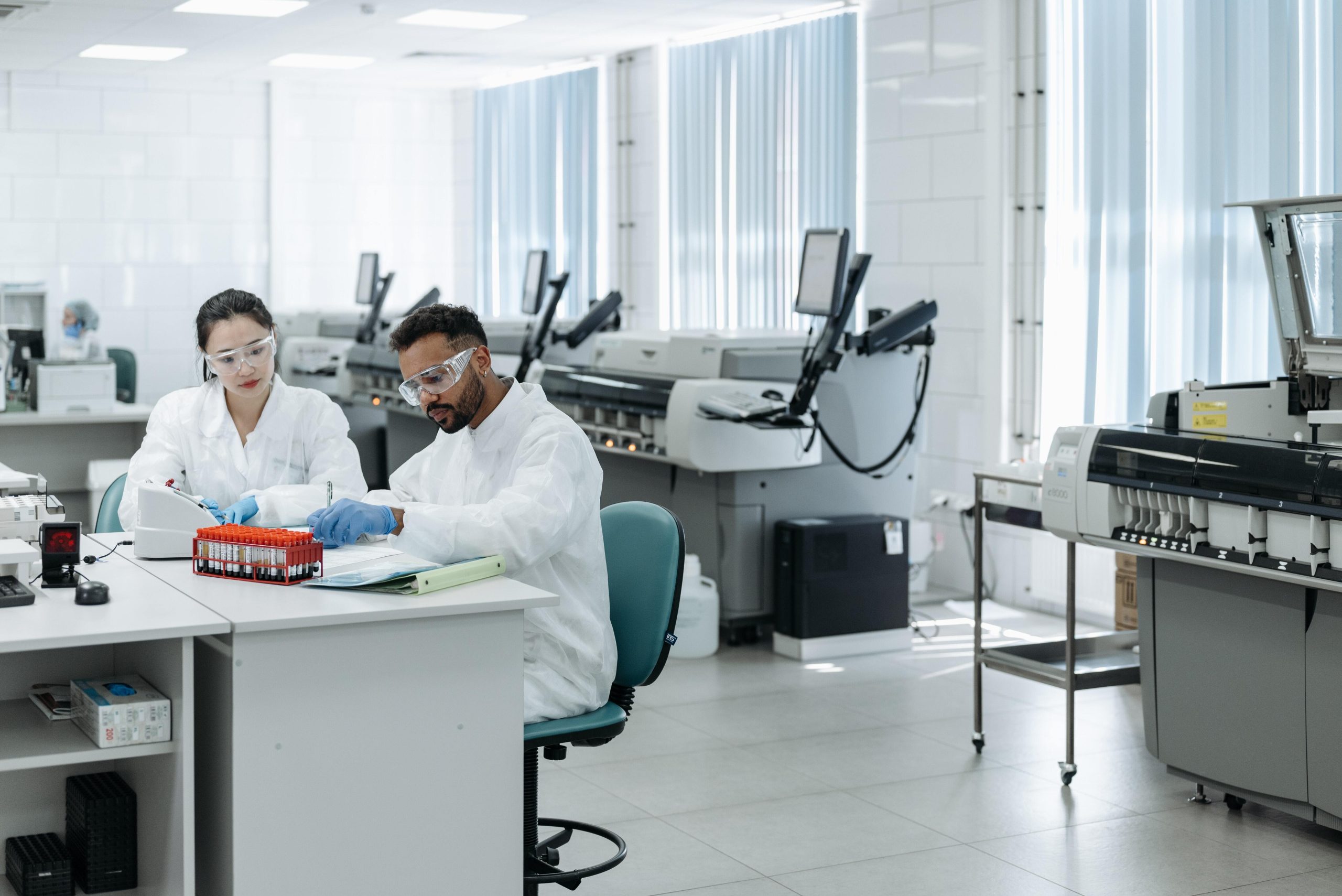If you’re managing a healthcare facility, you should prioritize security. Throughout their treatment and recovery, your patients need assurance that both themselves and their belongings will be safe and secure. While you must provide security for your healthcare facility, you must also ensure that your employees can move around the building quickly during their daily activities.
So, how do you balance security and convenient employee access in your healthcare facility? Keep reading to learn about the healthcare industry’s most convenient high-level security solutions.
Cloud-Based Security
On-premise security systems are quickly becoming outdated security technology. Commercial building security favors cloud-based systems to improve convenience and agility in security management. With an on-premise security system, you may encounter several inconveniences, such as:
- On-premise security systems require server storage, which means businesses and healthcare facilities may not achieve optimal ROI on their property investments.
- With an on-premise security system, you might need to devote much time to managing and maintaining your servers. You will need to call a service engineer to update and repair your system, arrange appointments, and wait for their arrival – which can lead to prolonged system downtime.
- On-premise systems are more challenging to scale. They require complex wiring systems that require planning, which makes it challenging to spread security across multiple buildings and locations or to expand your facility.
These disadvantages make on-premise systems more time-consuming and inconvenient to maintain. In recent years, businesses and institutions have turned towards cloud-based security technologies to mitigate these concerns.
Here are some of the benefits a healthcare facility can gain by implementing cloud-based security solutions and technologies:
- Cloud storage – you can store your security data in the cloud, reducing your reliance on servers and, thus, the need for excessive server storage space.
- Over-the-air updates – you can access instant troubleshooting and system updates with over-the-air security management. Your service provider can easily update and repair your system remotely using over-the-air communication and management.
- Scalability – with a cloud-based system, your security hardware communicates using WiFi, cellular, and BlueTooth. This eliminates the need for complex wiring infrastructure, making it easier to scale your security building across new buildings or as you expand your space.
- Open API integrations – you can take advantage of the open API integrations of a cloud-based security system to integrate different security tools or apply software integrations. Expanding their functions will allow you to improve the ROI you receive from your security hardware investments.
- Remote management – since cloud-based security systems host their data in a cloud-based location, your security team can view security data from anywhere. They can also move surveillance cameras and unlock doors from anywhere using a cloud-based control center or mobile application.
The benefits of implementing cloud-based security technologies are endless. Improving the convenience of security management will reduce system downtime and ensure your employees save time managing your security system.
Mobile-First Access Control
Traditional access control systems use access key card devices and fobs to allow entry for building employees. However, this can present a few disadvantages for your medical facility:
- It slows down traffic through your building – if your employees need to find, withdraw, and present their keycard or fob to the access reader, this will slow their movement throughout the building. Since time is of the essence in a medical facility, this is a suboptimal solution.
- Keycard and fob replacement – when employees misplace or lose their keycards and fobs, you must cover the replacement cost. These costs can accrue over time, creating significant losses for your business.
For the above reasons, many medical facilities are switching to mobile access control solutions to improve the user experience for building security. With mobile-first access control, there are no keycards or fobs. The user simply downloads a digital access keycard to their mobile device. To enter the building, they do not need to withdraw or find their device – the reader will communicate with their device remotely. All they need to do is wave their hand over the motion sensor. This entry method creates a quicker, more convenient way for your employees to move throughout the building.
By implementing a touchless and contactless entry method, you can also ensure that your employees’ hands are clean as they move through the building. Hygiene is essential in medical facility practices.
Visitor Management Systems
When you opt for a cloud-based access system, you gain access to open API integrations. Visitor management is an essential process within medical facilities – you need to allow easy access while ensuring accurate visitor records for security purposes. Visitor management software integrates with access control, allowing medical facilities to automate visitor management processes.
Visitors can easily register using their mobile devices, allowing them to enter the building using temporary access credentials. The system will accurately record their time of entry and exit and will prevent re-entry by revoking the credentials when they leave. Your reception staff must manage appointments and schedules, and by implementing this software, you can reduce their workload, allowing them to focus on more critical tasks.
Summary
In medical facilities, security should not come at the cost of convenience and accessibility for employees. Your employees need to move quickly in emergencies, and a slow access control system will inhibit optimal efficiency. Consider implementing cloud-based and mobile-first access control technologies that make security more manageable and allow your employees to easily move throughout the building daily.

